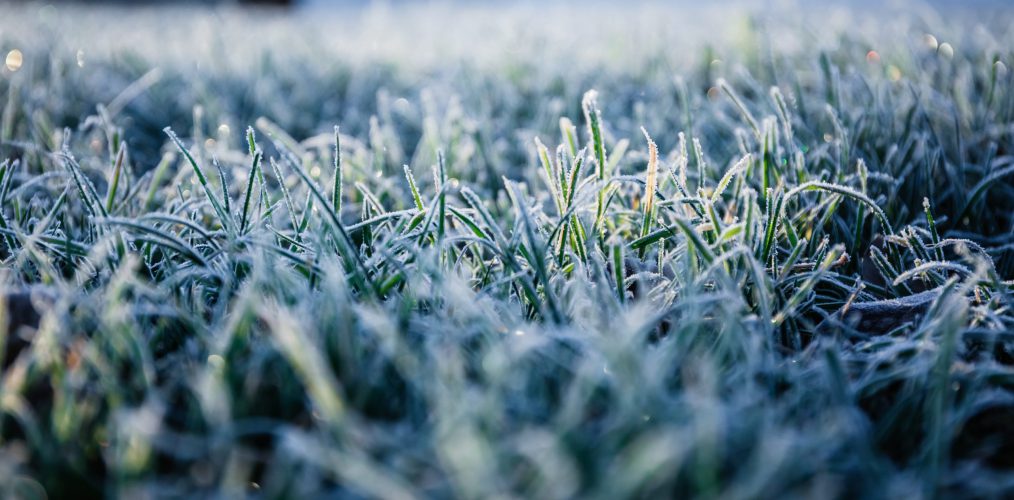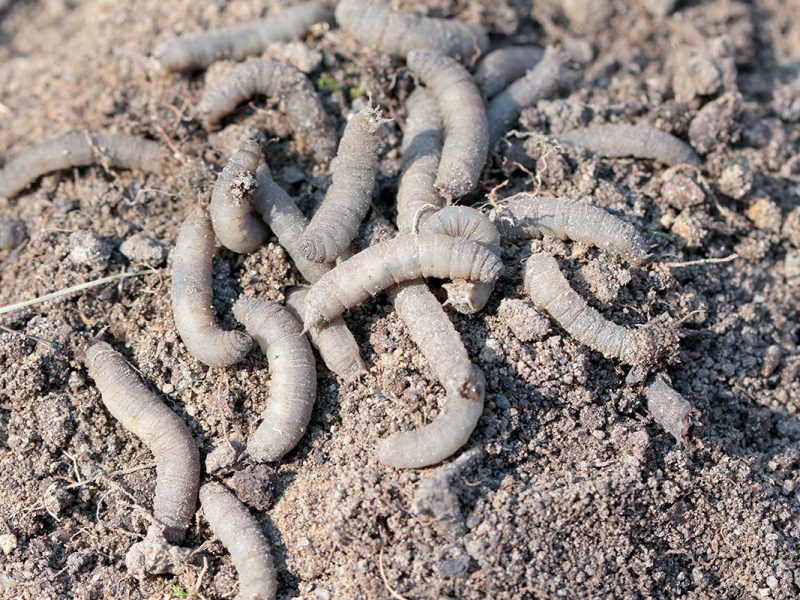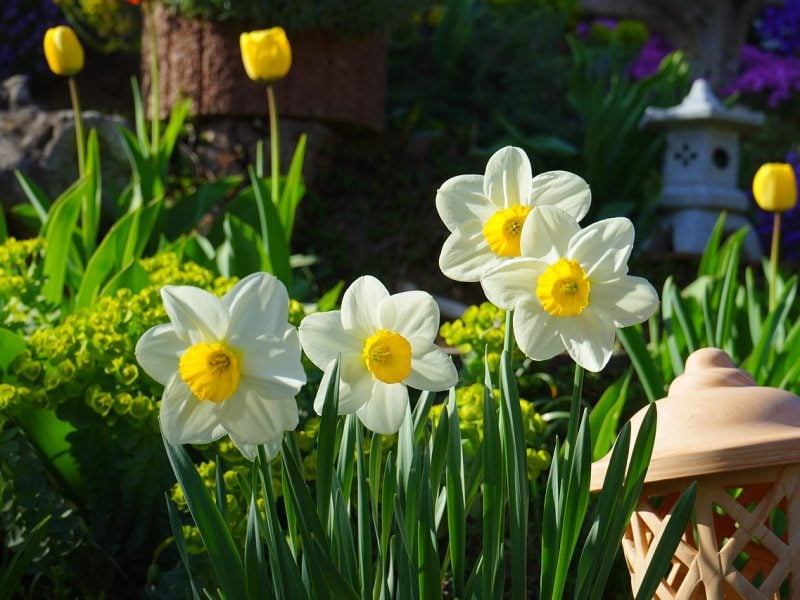Autumn and winter can be a difficult time for the green-fingered. Seeing our gardens and lawns succumb to the elements and the fleeting daylight hours isn’t pleasant. There’s always the urge to get outside and do something to help our gardens thrive.
However, if the weather is truly atrocious the best thing you can do is leave your lawn to hibernate and wait for some better weather. Here are some things that you definitely shouldn’t do to your lawn if the heavens open or the mercury plummets on the thermometer…
Don’t mow your lawn when wet
As a general rule, at Greensleeves we’re big proponents of autumn and winter mowing. We always advise our customers that the occasional mow between October and March will keep your lawn healthy, as well as looking tidy.
Having said this, you should never mow your lawn if it’s sodden or it’s very cold. There are many good reasons to avoid doing this – first and foremost of which is that it’s dangerous!
Mowing your lawn when it’s wet or frosty can also cause huge damage to your lawn and can lead to certain diseases developing. So wait for a dry day when the temperature is five degrees Celsius or above to get the mower out of the shed.
Don’t leave leaves lying around
One of the highlights of autumn is seeing the beautiful brown and orange foliage on pathways and in parks, giving our surroundings a last flourish of colour before the inevitable browns and greys of winter take hold.
After a storm, you should never leave foliage on your lawn – no matter how pretty the colours look! Rotting leaves are a surefire way to allow fungal lawn diseases to attack your lawn. Be vigilant with the rake as soon as leaf fall appears. Raking up leaves isn’t the most stimulating of jobs, so you may want to consider investing in an electric or petrol-powered leaf blower, which makes the job an absolute breeze… if you’ll pardon the pun!
Don’t walk on a wet or frozen lawn
Sometimes walking on your lawn is unavoidable. A sudden downpour might mean that you need to rush to get your clothes from the line, for example. But you should avoid walking on your grass as much as possible when it is wet. This is because wet soil is far more susceptible to compaction.
Also never walk on a frozen lawn. While the crunchy sound beneath your feet might be very satisfying, each step can cause significant damage to your grass. Not only will it take a while for your lawn to repair itself, but you will create an opportunity for various lawn infections to take hold.
Never use salt to melt frozen lawns
We all know that frost and snow can be damaging to lawns, but you should never use salt to melt the ice on your lawn. If you use salt to clear your pathways, you may find yourself tempted to distribute it over the lawn as well, especially if you’re worried about snow mould developing. But this is a really bad idea – this is because when the ice or snow clears the salt will leech into your soil, which can cause serious damage.
Don’t attack all fungi
Finally, as we’re in the height of mushroom seasons we thought we’d leave you a note on fungi. There are certain fungal lawn diseases such, as fusarium patch, which can cause terrible damage to your lawn.
However, a great many toadstools and mushrooms that come and go without causing any harm – so there’s no point troubling yourself with these unduly. Trying to remove them all by hand could prove more damaging than leaving them. Click here for our page on the lawn fungi you need to watch out for, and what you need to do if you spot an infection. ///LINK//
Looking for more lawn care advice? Click here





